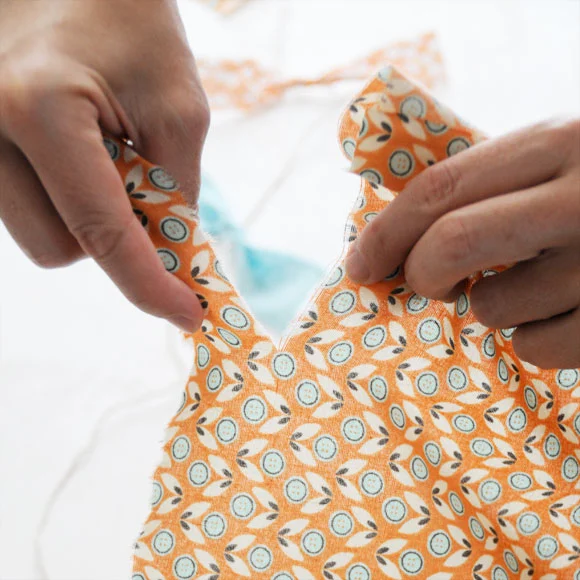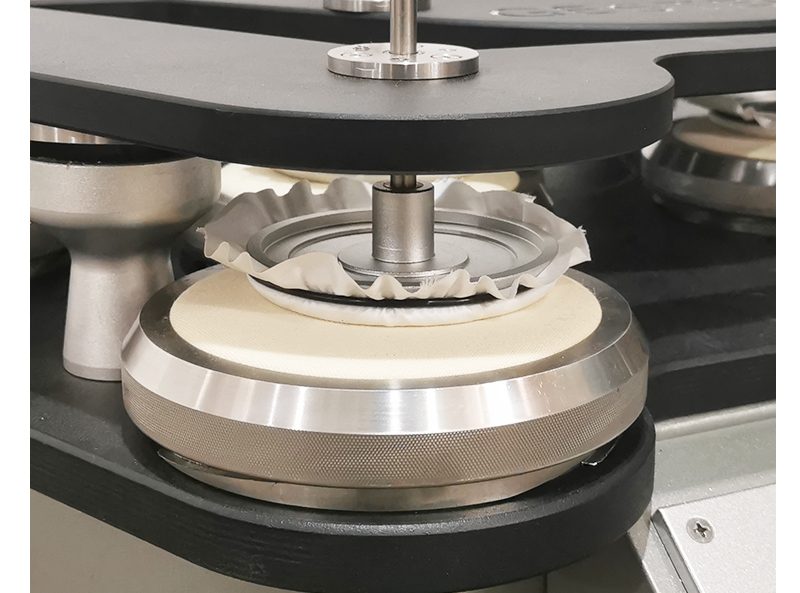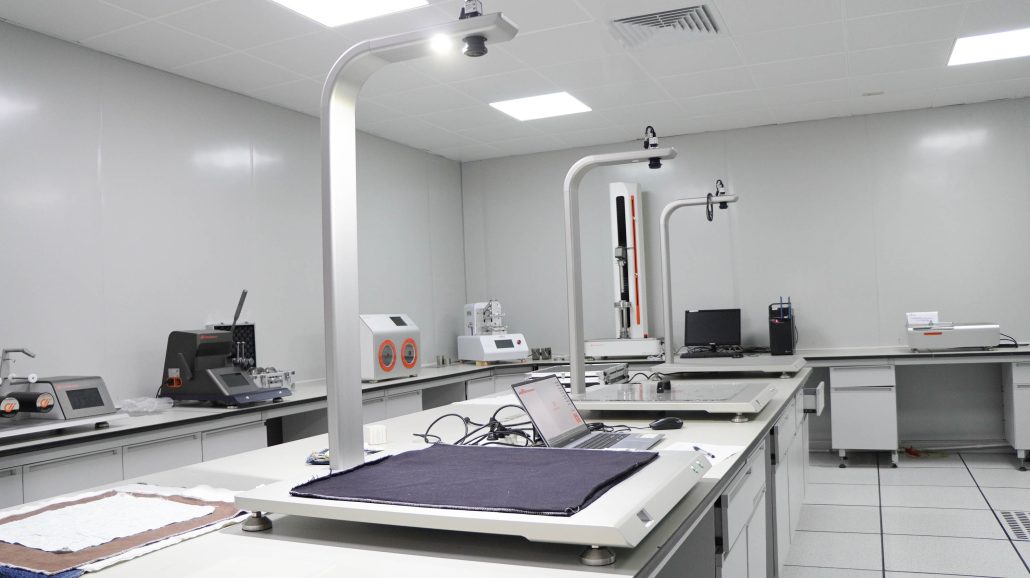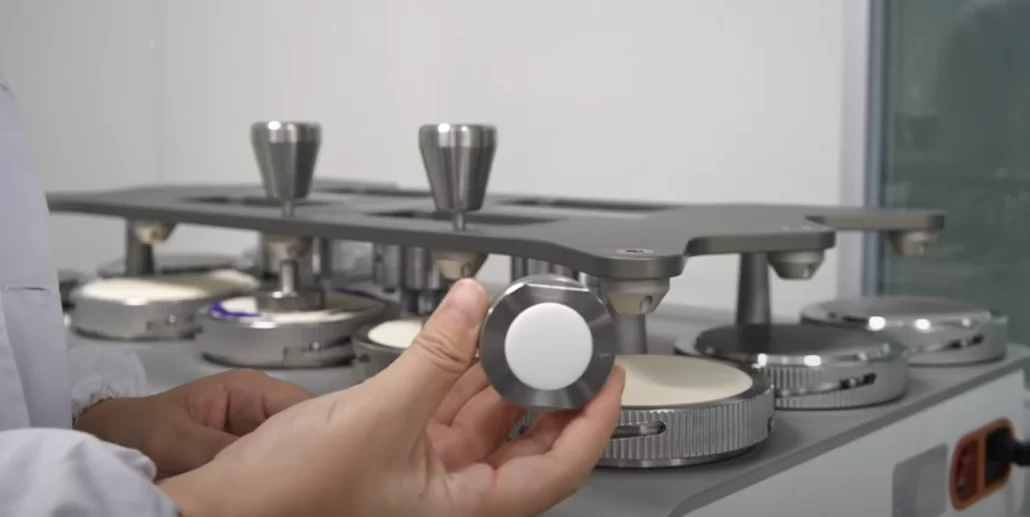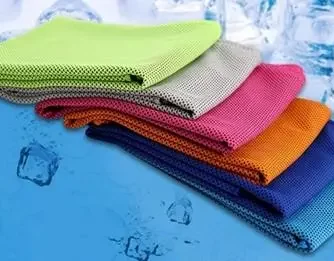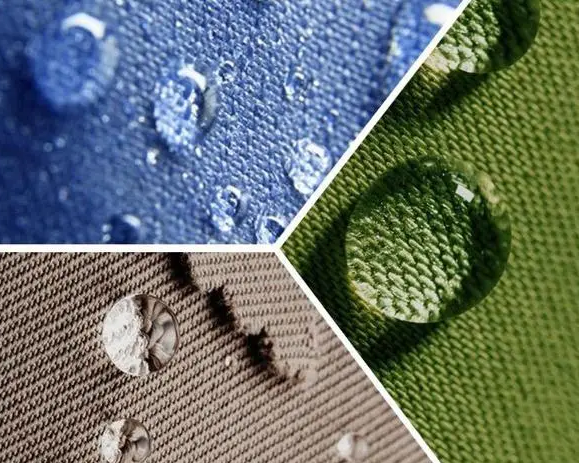What is textile fabric? Textile Fabric Definition: In the textile industry, a fabric or textile is a soft material. Fine, pliable materials like yarns, fibers, and filaments make it. Specific structural relationships (cross, knot-tying, and joining) create it. It is widely used in apparel, medical care, and industry. 1. Three types of structural relationships of…
What is the wash colour fastness rating? Washing fastness is a key test. It shows if textiles can keep their colour when washed. The national standard has 5 levels of colour fastness to washing, from 1 to 5. Level 5 is the best and level 1 is the worst. Specifically: Grade 5: Colours are completely…
How does the Martindale Tester work? Using the Martindale Tester involves several steps. They are: preparing the sample, setting test parameters, testing, and analyzing the data. Below are the detailed steps for use: Sample Preparation: In a standard environment, lay flat and unstretched for a time set by different standards. For instance, EN ISO 12947-4:1998…
1Pilling and Pilling Test Method A fair, objective test of fabrics’ anti-pilling performance helps to create quality textiles. Many anti-pilling test methods exist. They mainly simulate hairball formation on fabrics from daily use and washing. Different test methods are available for various target markets. These include the American, European, and Chinese standards, and the customer’s…
What is the air permeability test for? The air permeability tester measures how permeable materials are to air. It is mainly used to test inks, textiles, papers, plastics, and construction materials. The air permeability tester can accurately measure a material’s air permeability. It helps users select the right materials and improve product designs. Here is…
In today’s textile market, consumers care most about quality and comfort. To ensure that textiles meet high standards of quality, laboratory testing is essential. A textile laboratory tests and evaluates textiles. It is a scientific research facility. Design and Construction Considerations Laboratory Floor Plan Design the lab layout based on its purpose and requirements. Consider…
ISO 12947-2 Martindale Abrasion Pilling Test Purpose and Scope The ISO 12947-2 Martindale test checks fabrics for abrasion and pilling resistance. The ISO 12947-2 standard gives a method to test fabrics for abrasion and pilling. It is for the Martindale Abrasion Pilling Test. This test method applies to many fabrics, including cotton, wool, and synthetics….
The introduction of cool fabrics Summer clothing’s moisture absorption and quick-drying functions are lacking. They do not meet people’s needs, especially after intense exercise and sweating. The existing fabrics have limited moisture transfer and thermal conductivity. Developers created moisture-conducting and cool-sensitive fabrics that are unidirectional. The development of cool-sensitive fabrics focuses on two things. First,…
Hydrostatic pressure resistance is a key test of waterproof, breathable fabrics. It refers to the resistance to water passing through the fabric. It indicates the fabric’s resistance to water penetration. The test results relate to the fabric’s waterproofness and its nature. We can measure a fabric’s water repellency by three indexes: the water stain level,…
Pilling of garments refers to a common problem. When worn, garments suffer friction. This exposes the surface fibres of the fabric. They then form pilling. With continued friction, the fibres become entangled and form small balls. Pilling is a dynamic performance. The pilling speed often changes with the wearing time. As consumers demand thin, soft,…
